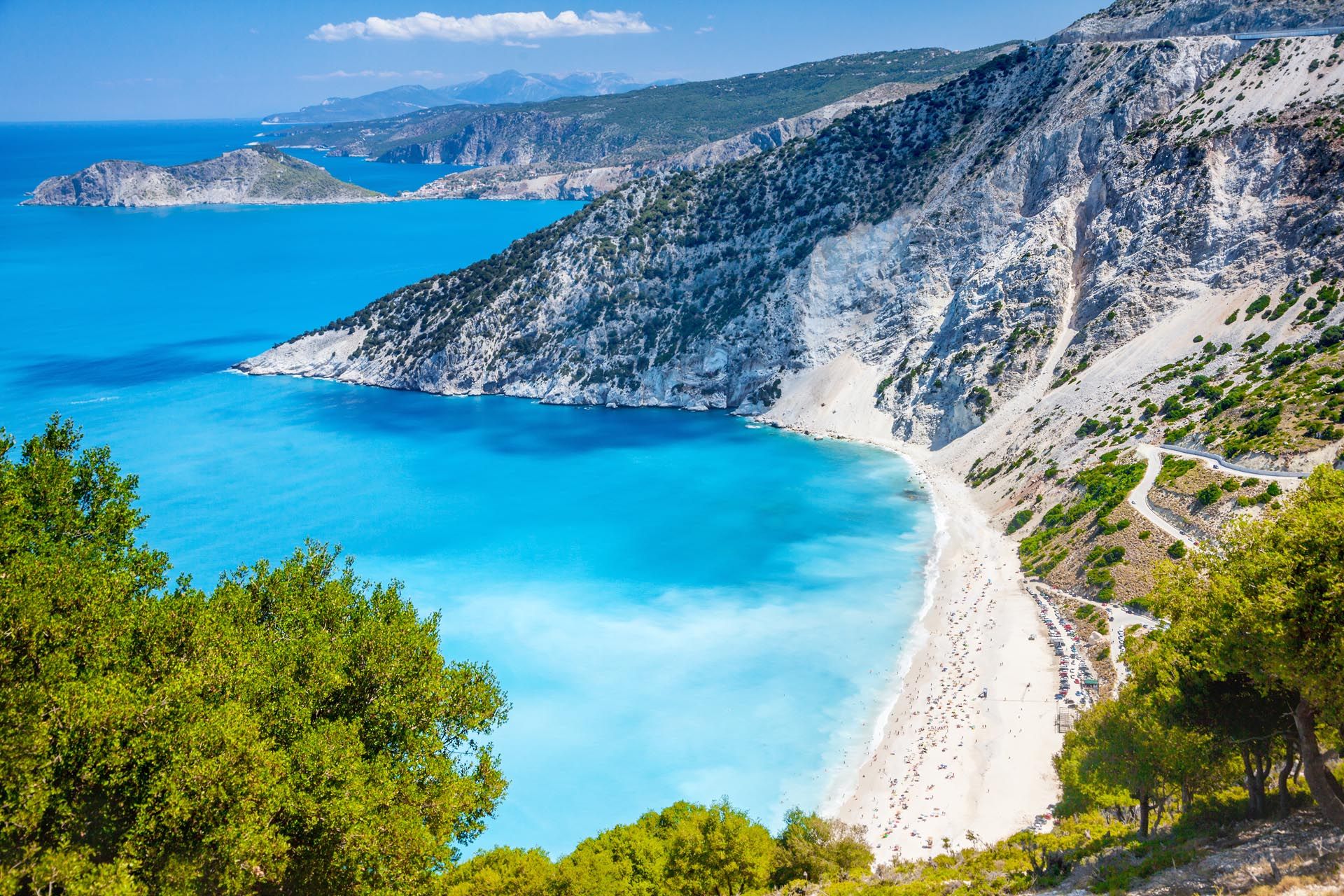9. Enjoy authentic Greek cuisine
Greek cuisine is nothing new. We’re sure you know tzatziki, taramasalata, gyros, souvlaki, saganaki, dolmades and moussaka. But spend time in a Kefalonian taverna (medium-sized, affordable) or estiatório (modest, crammed with character) from Agrostoli to Lixouri, the main town on the Paliki peninsula, and you’ll notice all sorts of differing statements.
Blame the geography, but this part of Greece has long been influenced by Italy, in particular during the Venetian occupation of the Ionian islands, from the mid-14th century until the late 18th century. That's 400 years of Italian cooking. And, of course, the Italians brought the kinds of dishes you’d more likely find in an enoteca with them.
Sofrito, slow-cooked veal drowned in wine, braised beef and earthy pastitsada, a thick, tomatoey meat stew, are stand-outs. A couple of places to try are family-run Tassia in Fiskardo and Palia Plaka in Agrostoli.
Don't leave without trying the Greek take on pasta — bucatini is a favourite — and a seafood platter toppling over with layers of grilled octopus, squid, swordfish and shellfish. Invest in a decent bottle of white wine, made with indigenous Robola grapes (and also introduced by the Venetians), for the perfect pairing. For a tour and tasting, drop in to Orealios Gaea, previously known as the Robola Cooperative of Kefalonia.















